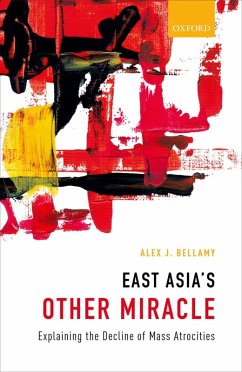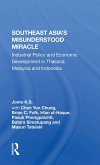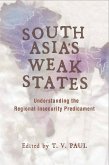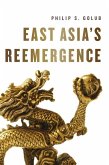East Asia, until recently the scene of widespread blood-letting, has achieved relative peace. A region that at the height of the Cold War had accounted for around eighty percent of the world's mass atrocities has experienced such a decline in violence that by 2015 it accounted for less than five percent. This book explains East Asia's 'other' miracle and asks whether it is merely a temporary blip in the historical cycle or the dawning of a new, and more peaceful, era for the region. It argues that the decline of mass atrocities in East Asia resulted from four interconnected factors: the consolidation of states and emergence of responsible sovereigns; the prioritization of economic development through trade; the development of norms and habits of multilateralism, and transformations in the practice of power politics. Particular attention is paid to North Korea and Myanmar, countries whose experience has bucked regional trends largely because these states have not succeeded in consolidating themselves to the point where they no longer depend on violence to survive. Although the region faces several significant future challenges, this book argues that the much reduced incidence of mass atrocities in East Asia is likely to be sustained into the foreseeable future.
Dieser Download kann aus rechtlichen Gründen nur mit Rechnungsadresse in A, B, BG, CY, CZ, D, DK, EW, E, FIN, F, GR, HR, H, IRL, I, LT, L, LR, M, NL, PL, P, R, S, SLO, SK ausgeliefert werden.









